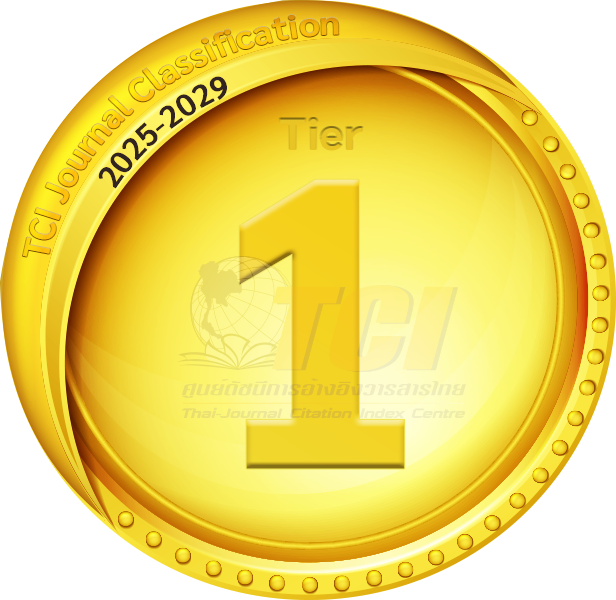Suggestions on How to Use Scaffolding to Enhance Interactional Competence in the EFL Speaking Class
- Sutinee Pourpornpong, English Language Teaching Program, Graduate School of Human Sciences, Assumption University, Bangkok, 10240 Thailand, Email: lovelyboobee@gmail.com
Abstract
This article reports the research evidence found from using scaffolding as an intervention in order to improve students’ interactional competence (IC) in the EFL speaking class. The research was conducted at Chandrakasem Rajabhat University and thirty eight of third year English major students were participated in this study.
The empirical evidence on scaffolding for speaking class indicated that scaffolding is a flexible teaching method that can be used to assist different levels of students’ speaking competency. However, to gain effectiveness and improvement, several practices are required. To achieve the ultimate goal in improving students’ IC, the teacher must be keen and have great understanding towards scaffolding instructions. Similarly, the teacher must pay attention to students’ speaking abilities, interests, and their limitations so each student can be assisted timely and appropriately. Lastly, the teacher must be able to demonstrate and describe his/her expectations towards students’ interactional competence development clearly. Useful and supportive feedback are critical for students’ improvement.
Keywords: Sutinee Pourpornpong, Interactional competence, EFL speaking classroom, Feedback
DOI: 10.14456/rjsh.2020.4
References
Bradley, K. S., & Bradley, J. A. (2004). Scaffolding academic learning for second language learners. The Internet TESL Journal, 10(5), 16-18.
Clark, K., & Graves, M. (2005). Scaffolding students’ comprehension of text. The Reading Teacher, 58(6), 570-580
Foley, J. (2012). Unscrambling the omelette. Bangkok, Thailand: Assumption University Press.
Lier, V. L. (1996). Interaction in the language curriculum: Awareness, autonomy & authenticity. London, UK: Addison Wesley Longman
Lipscomb, L., Swanson, J., & West, A. (2004). Scaffolding. In M. Orey (Ed.), Emerging perspectives on learning, teaching, and technology. Retrieved from http://projects.coe.uga.edu/epltt/
Long, M. H. (1983). Native speaker/non-native speaker conversation and the negotiation of comprehensible input. Applied Linguistics, 4(2), 126-141. Retrieved from https://doi.org/10.1093/applin/4.2.126
Oxford, R. (1997). Cooperative Learning, Collaborative Learning, and Interaction: Three Communicative Strands in the Language Classroom. The Modern Language Journal, 81(4), 443-456.
Pentimonti, J. M., & Justice, L. M. (2010). Teachers’ use of scaffolding strategies during read alouds in the preschool classroom. Early Childhood Education Journal, 37(4), 241-248. Retrieved from https://doi: 10.1007/s10643-009-0348-6
Scheb-Buenner, P. (2013). Do Scaffolding Interactions Exist in the Thai Classroom?. GEMA Online Journal of Language Studies, 13(3). 17-30.
Wood, D., Bruner, J., & Ross, G. (1976). The Role of Tutoring in Problem Solving. Journal of Child Psychology and Psychiatry, 17(2), 89-100.
Zhao, R., & Orey, M. (1999). The Scaffolding Process: Concepts, features, and empirical studies. Georgia, US: University of Georgia. (in press)

Indexed in


Search